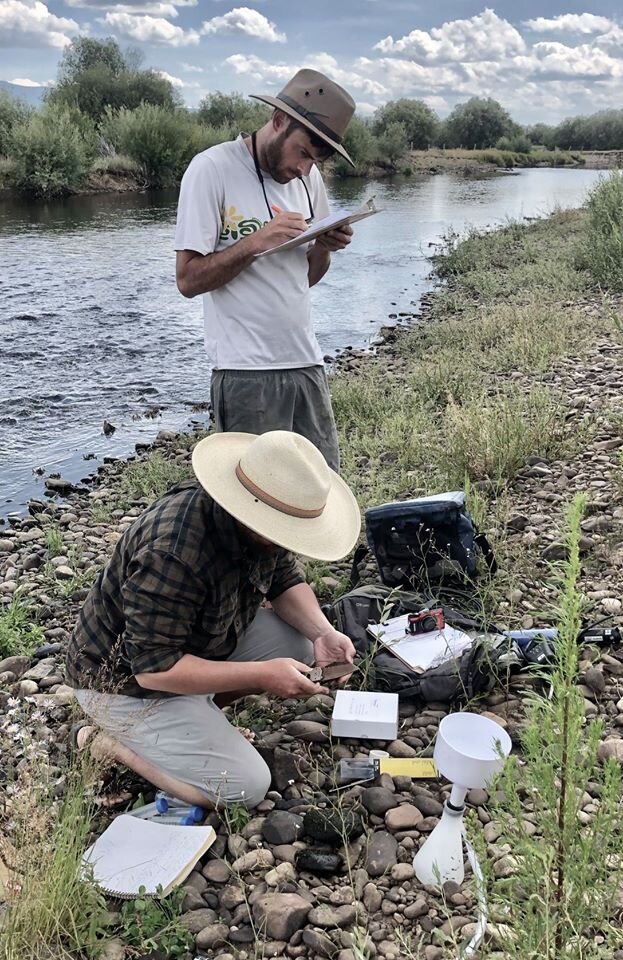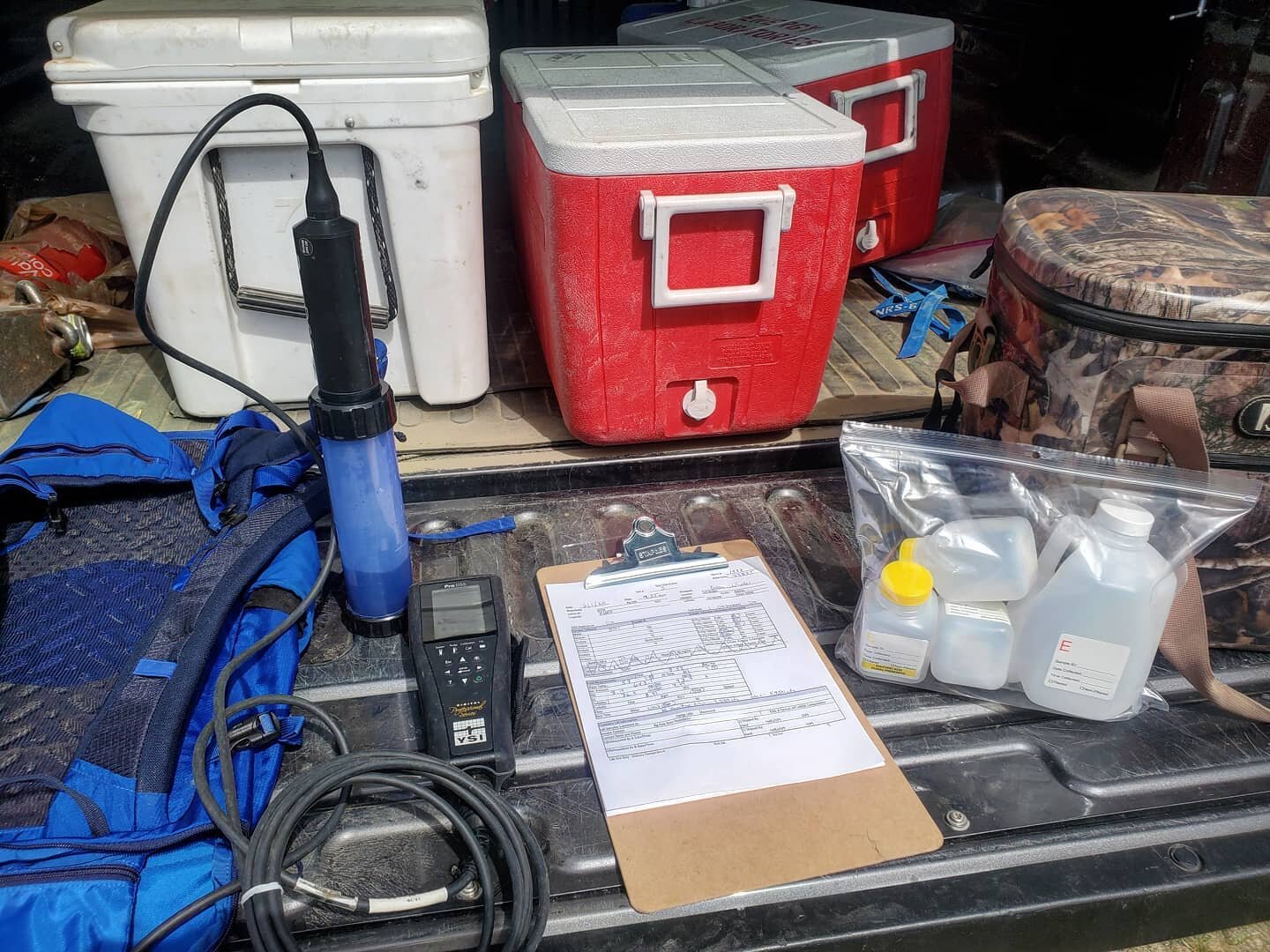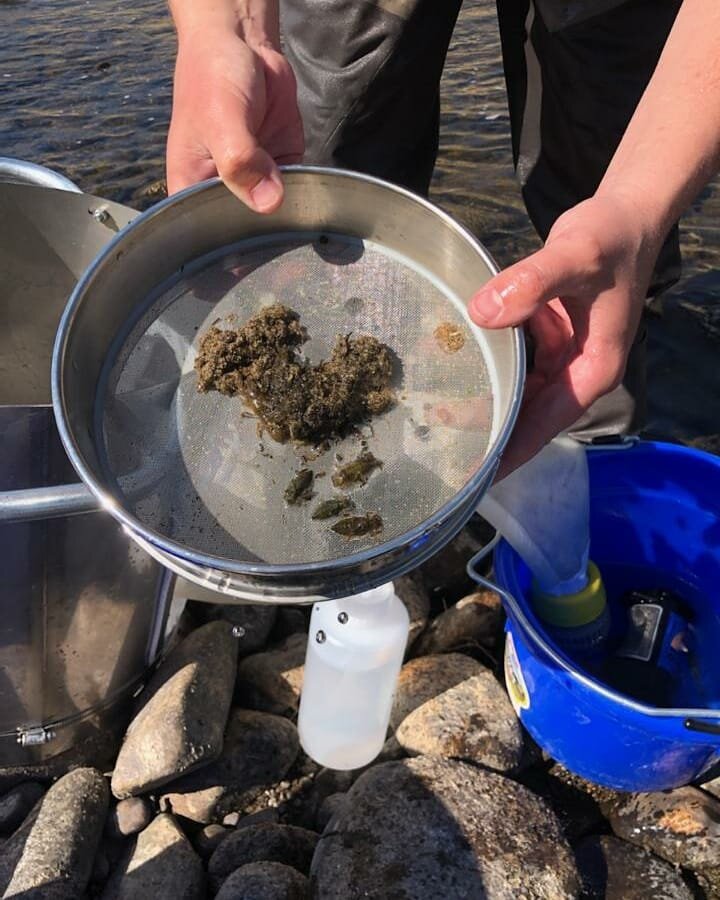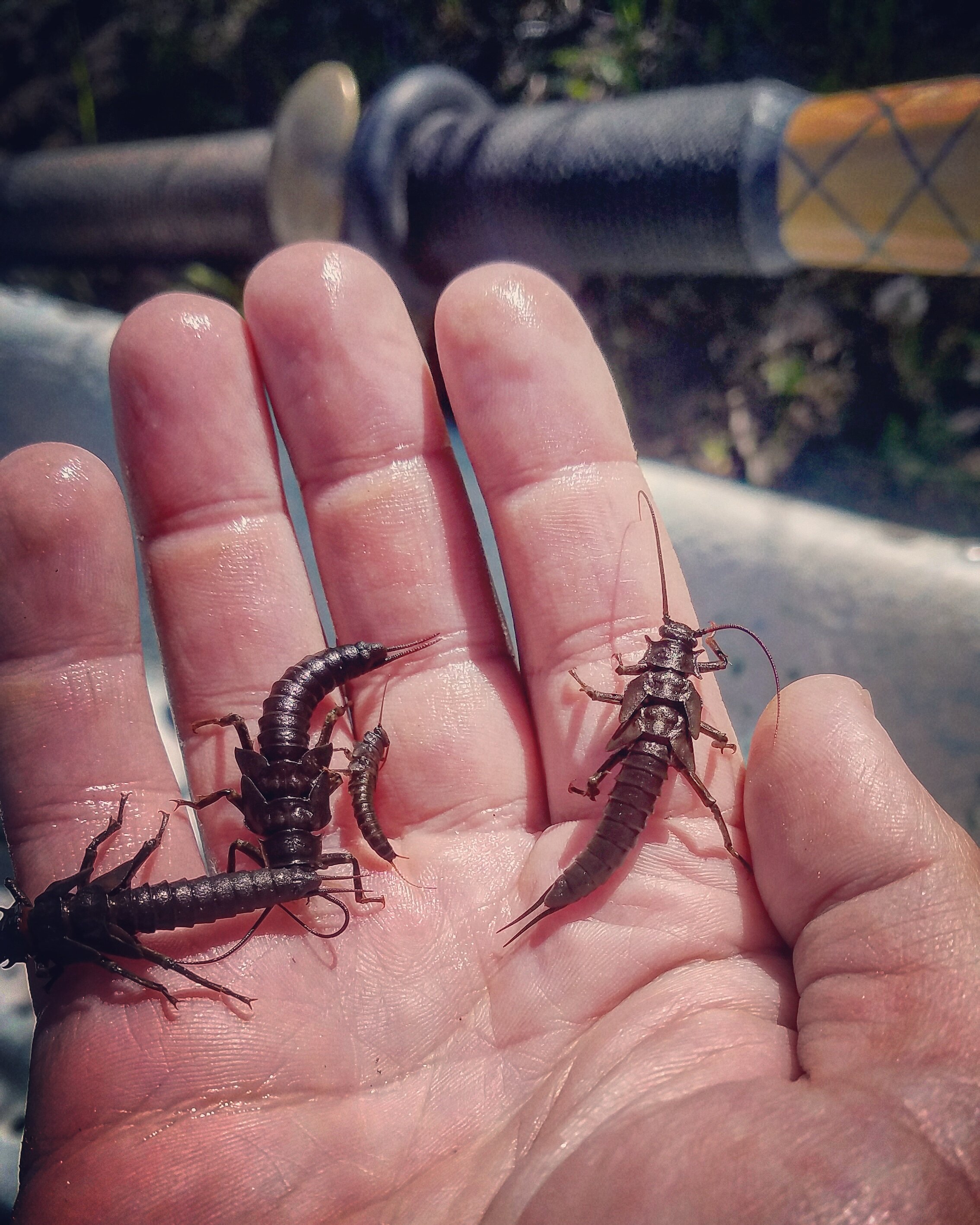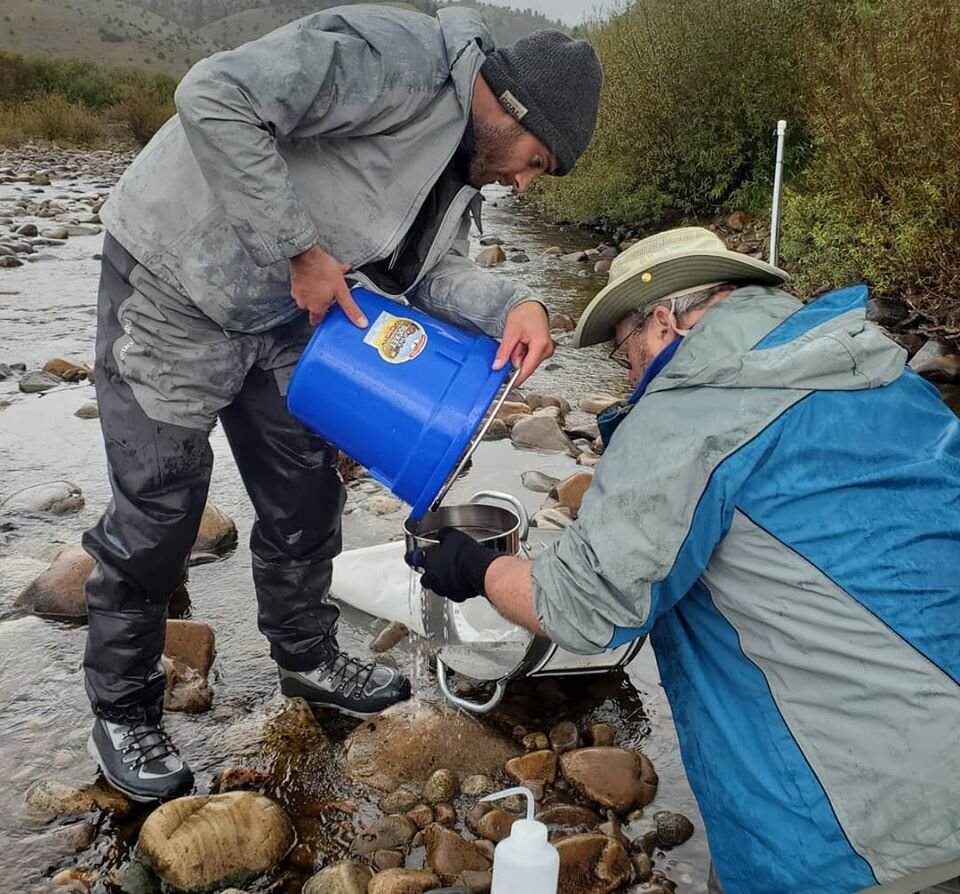An Angler’s Guide to Water Quality Monitoring
I came across a great resource document from Trout Unlimited (link below) that serves as a primer for anglers looking to better understand the functions of water quality monitoring. This represents a large part of the composition of BHRF’s Water Quality Monitoring Program.
Temperature, Turbidity, Dissolved Oxygen, pH, and Specific Conductance are all parameters we collect and document each time out with our handheld sonde.
Nutrients (Nitrates & Phosphates) along with Sediment (Dissolved & Suspended) are collected in sample bottles 8 times per year at designated sites and sent to the lab for analysis.
Twice per year (April & September) macroinvertebrates are collected at 6 sites, with 3 replicate samples collected at each site, and sent to the lab for analysis of diversity and abundance.
This ongoing effort to collect baseline data will ultimately seek to address the Three Basic Questions for Water Quality Monitoring:
1) Is there an issue with water quality?
2) What is the issue and what is causing it?
3) What can we do to resolve the issue?
If you’re interested in learning more about monitoring, I encourage you to click on this resource: An Angler’s Guide to Water Quality Monitoring

